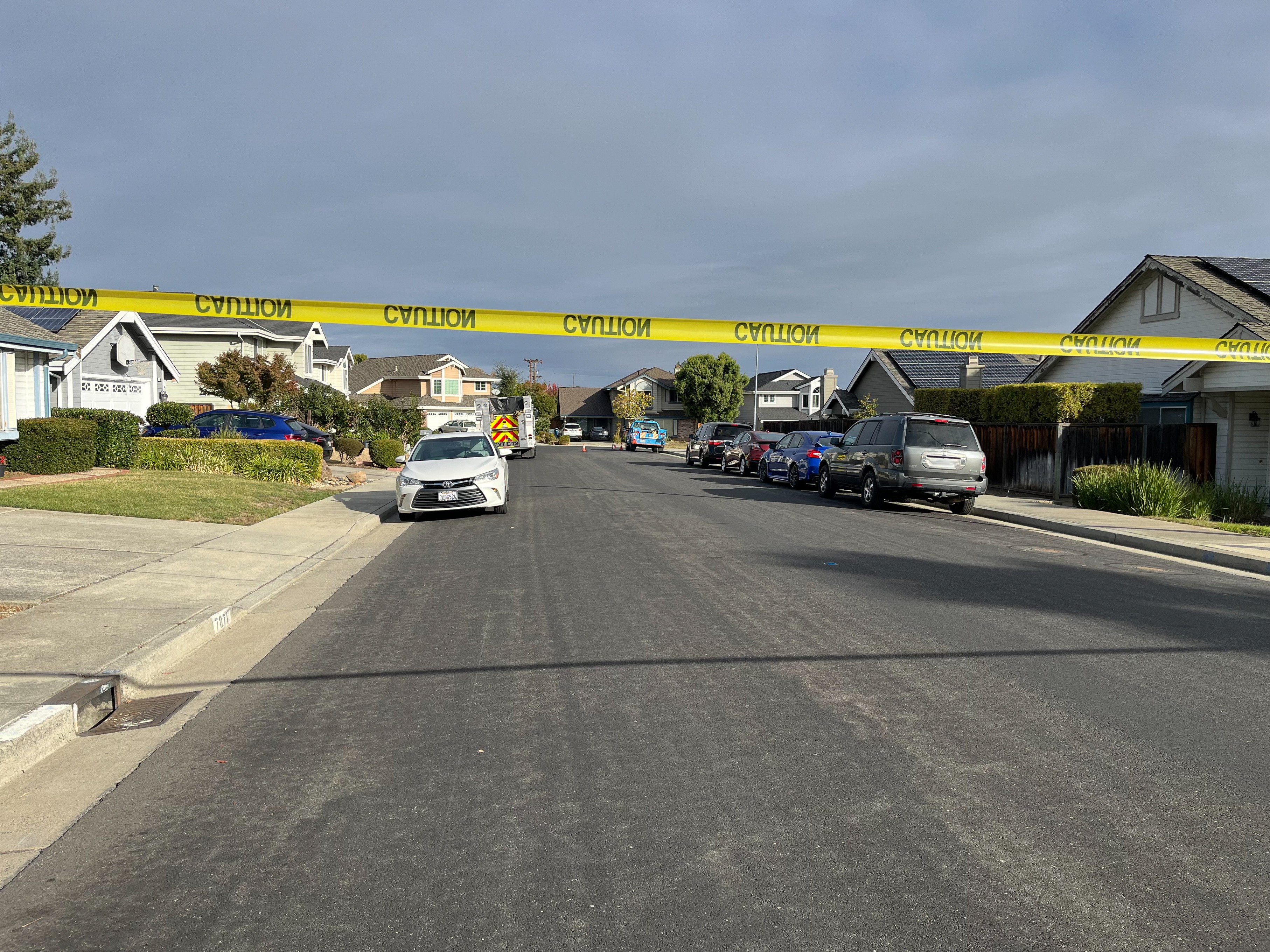Pacific Gas and Electric told a federal judge Wednesday that it “strongly disagrees” with a Wall Street Journal story that concluded it delayed upgrades on aging high voltage transmission lines that the paper claims the utility knew posed a risk of sparking wildfires – including the line where the devastating Camp Fire started in Butte County last year.
The company’s filing was in response to an order from U.S. Judge William Alsup issued after the lengthy Wall Street Journal article ran earlier this month.
Alsup issued the order in light of PG&E’s probation for its conviction on federal charges arising from the 2010 San Bruno gas explosion.
The article indicated the company knew of the risk of failure sparking a fire on its 18,500 mile transmission network but delayed work to counter that danger on the Caribou-Palermo line tied to the Camp Fire.
While the company repeatedly defended its pre-Camp Fire transmission efforts to the judge, it did say it plans to “recalibrate” its transmission system spending “in light of the unprecedented wildfire risk California is now facing.”
PG&E cited data showing its highest voltage transmission systems posed a far lower risk of wildfire compared to its lower voltage and more extensive distribution network.
Transmission systems, it told the judge, accounted for less than 1% – sparking seven of the 1,552 fires tracked between 2014 and 2017. Most involved distribution systems delivering power directly to homes and businesses.
Local
The lower fire rate, the company said, was explained by transmission lines usually being stretched off steel towers and not wood poles, with lines that run higher off the ground and span areas kept clear of trees.
PG&E also denied the general allegations that it had long delayed upgrades to its transmission systems, telling the judge that it spent $1.29 billion, more than double what it had spent 10 years earlier on such efforts.
In the case of the Caribou-Palermo line, where an aging hook snapped and triggered the fire, the company argued that the tower replacement and work on the nearly 100-year-old system the company had planned was being done to satisfy regulators, not because it posed a failure risk due to age alone.
“Age, in and of itself, was not the reason PG&E decided to replace the towers,” the company said, stressing it sought to replace 60 towers along the 56-mile long system because they had outdated designs unsuited for retrofitting to raise the line and conform with a 2010 federal regulatory directive to increase ground clearance on transmission lines.
Far from delaying that work, PG&E says it has spent $750 million to raise wires at 10,000 out of 11,500 areas regulators consider too low off the ground. While one of the reasons transmission lines needed to be kept higher was to avoid starting wildfires, PG&E stressed that the specific tower that sparked the Camp Fire was not even one of the structures it had sought to replace.
“In short,” the company said, the delayed federal compliance work on the Caribou Palermo line “had nothing to do with the Camp Fire.”



